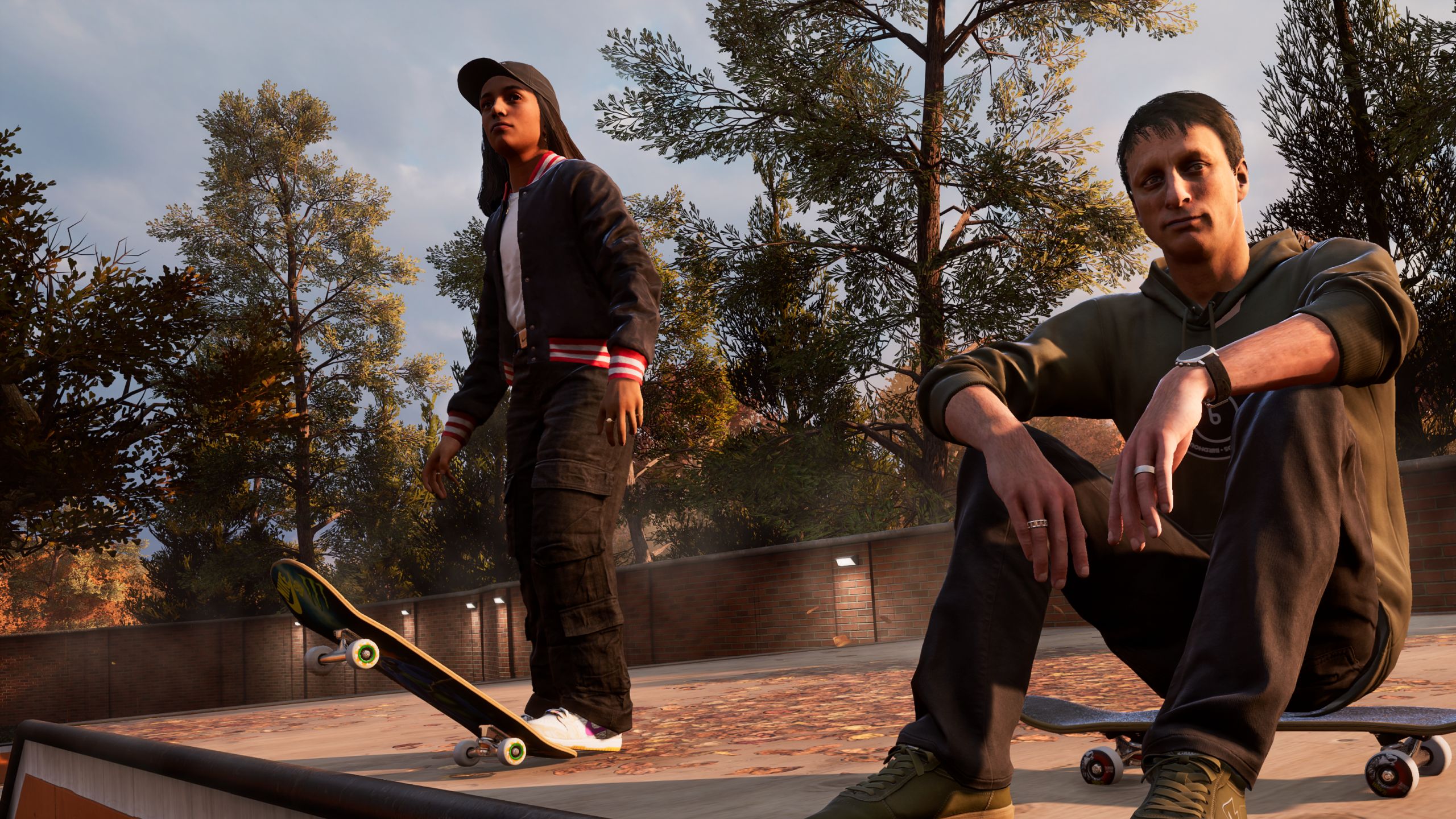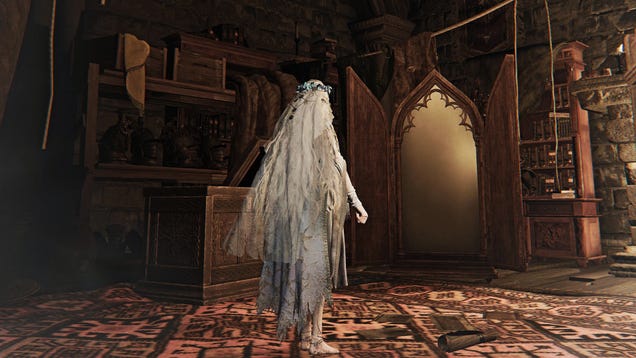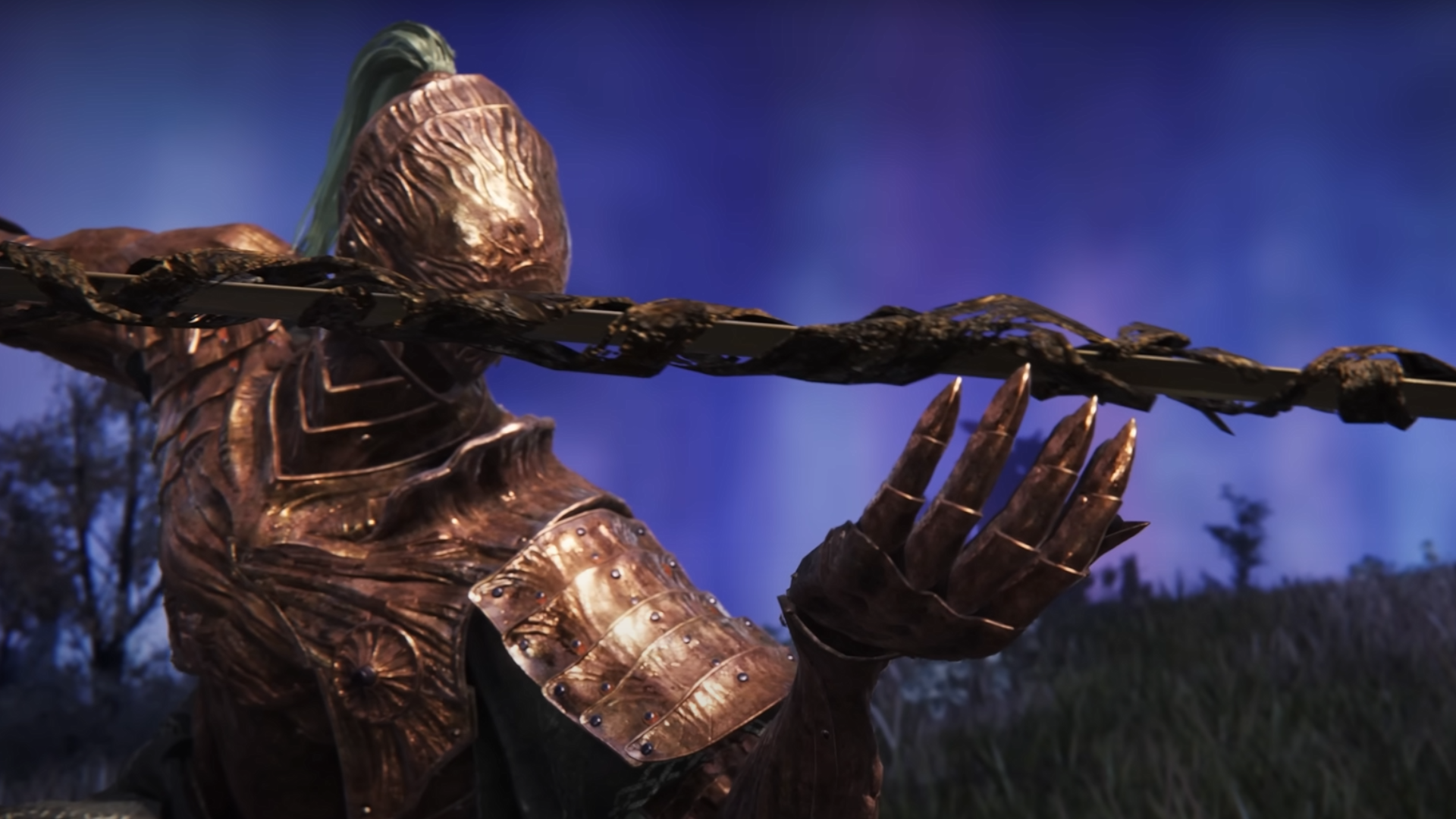
After the calamitous debut of Diablo 3 way back in 2012, it’s understandable if you’re a little nervous about the upcoming launch of Diablo 4 this June. But after more than a decade of gradual improvement that has transformed Diablo 3 into the fantastic game it is today, the first beta weekend of Diablo 4 has reassured me that Blizzard has been making good use of those hard-learned lessons for its sequel. Even though this beta weekend only included a level-capped Act 1 and three of the classes, so far it has exceeded my expectations in almost every way. There’s still a huge amount to see before we get anywhere close to a final review, but I’m already impressed by stellar dark storytelling, the best combat in a Diablo game to date, and a live-service foundation that aims to chart out a strong future for the beloved ARPG. Running around as a squad of four and slaying enemies as my ultra deadly and sneaky rogue has been an absolute blast, and I can’t wait to dive back in this weekend.
The first thing Diablo 4 immediately made clear to me is that Blizzard has really upped its game when it comes to story – or at least are off to an incredibly strong start. Following the dramatic resurrection of the Lord of Hatred and Queen of Succubi, Lilith, you begin a gruesome and dire journey across the land of Sanctuary as humanity descends into madness at her behest. While I’ve always enjoyed the dark stories of the Diablo series, the chunk of story that’s in the Diablo 4 beta had me more invested than any of the previous games. Lilith and her relationship with humanity, the Heavens, and her archangel consort are a complex and messy web of painful truths and moral ambiguities that are so interesting I insisted on stopping to read every piece of lore I could find. It’s a vast improvement over the tedious, WWE-style smack-talk we heard from the demons of Diablo 3.
What We Said About Diablo Immortal
There’s so much to like about Diablo Immortal that it really pains me to see it so close and yet so far from being a game I can heartily recommend. As a casual, purely free-to-play experience it offers a lot to do, with its empowering ARPG combat and interesting skill system, whereas for those that want to be competitive in PVP it quickly becomes restrictive, punitive, and money-grubbing. And for everyone in between? It just doesn’t offer good value for money spent. If the Empowered Battle Pass and Boon of Plenty offered more, I could definitely see myself renewing them each season and steadily working my way through the many difficulty levels as I ascend Immortal’s 600 paragon levels, and gradually – oh so gradually – ranking up my legendary gems. Instead, that dream is so far out of reach that it’s not feasible, and the further in I get the less the rewards offered by those paid services are actually likely to be meaningful. I’m still going to keep playing Diablo Immortal, but without overhauls to the monetisation and the many restrictions, it’s going to be a dip in, dip out game, as opposed to a world I want to live in. – Cam Shea, June 1, 2022
Score: 6
Read our full Diablo Immortal Review.
That said, even the story sample available in the beta is tripped up a bit by lots of filler, like a bizarre main quest where you have to wander around in the snow to complete a pilgrimage and talk to NPCs who insist on telling you nothing of value or advancing the plot in any way. But even with those occasional dips in the pace of the storytelling, I feel a real desire to work my way through the main campaign and reach the conclusion as soon as possible; I’ve just gotta know how it ends! Time will tell if the writers are able to stick the landing, but what’s available in the beta is already some of Blizzard’s best work.
The same can be said of the world and quests: moving around the overworld was far more engaging than I expected, with lots to discover along the way and spontaneous activities to involve yourself in. In a few, there’s a ritual where you have to give your blood to a demonic obelisk (by standing in a certain location) while fighting off waves of enemies – I can imagine that getting harrowing once we’re able to turn the difficulty up a few more notches than the beta allowed. Dungeons are a blast to explore too – they’re highly rewarding undertakings into cellars crawling with skeletons, prisons haunted by spirits, and caves full of slimy bugs that conclude with interesting boss fights that more often than not require you to jump through more hoops than simply burning down a demon’s health bar.
Diablo 4 practically smacked me in the face with how good it looks.
For example, in one fight I had to kill a crafty set of demons who flapped their batlike wings away from me as they magically protected a blood mage – who I couldn’t harm without killing them first. Even if some areas and bosses are reused quite often even in the sample I played, adventuring is still a highly repeatable affair, and I found it extremely difficult to avoid dropping whatever I was trying to focus on anytime a map marker popped up with some distraction to take on.
And there’s a lot to get distracted by even when there aren’t any events to sidetrack you. Even by the high standards of the series, Diablo 4 practically smacked me in the face with how good it looks. Not only are the top-down environments and characters more detailed than ever before (as you’d expect given that Diablo 3 came out 11 years ago), but the new ways in which it transitions to more intimate interactions and cutscenes by zooming in on characters and scenes let you see many more of them up close and personal where appropriate. Plus, the devs clearly understood the assignment considering how completely disgusting and creepy they’ve made absolutely everything, like a barn that’s been converted into a demon summoning human butcher shop, or a dungeon that appears to be built atop endless piles of viscera and intestines. It’s especially nice to see a return to this style of grime, since it’s something I’ve always felt Diablo 3 missed the mark on.
When it comes to gameplay – and specifically combat – so far Diablo 4 is absolutely nailing the action-RPG formula. Naturally it keeps the longstanding slashing and fireball-slinging mayhem, but makes important tweaks that make it a whole lot more engaging than dipping back into Diablo 3 for yet another playthrough. Rather than just rotating through each of my character’s abilities as they completed their cooldowns or standing in place spamming the standard attack button, beating the agents of Hell now requires me to dance around hordes of enemies, dodge-rolling precisely, and making use of my most powerful abilities at the proper moment, like a fire shield that protects my sorcerer and ignites anyone foolish enough to get near me.
I’m especially fond of the decision to largely do away with continuous healing in favor of consumable potions that are dropped onto the battlefield regularly, which requires you to navigate the map for resources as you wage battle to collect healing items as needed. Not only does this force you to be more mobile during combat (no more standing there and healing faster than they can hurt you), but it also adds a bit of challenge as you can’t heal infinitely. If you aren’t doing enough damage to a boss to kill it before you use up all your potions, or at least killing off enough minions to replenish them quickly, you’re going to die. The potions you collect are also preferable to the health orbs found in Diablo 3 and Diablo Immortal, since they aren’t consumed right away and can be strategically used when you need them.
The real fun comes from mastering the skill and loot systems.
As with all action-RPGs, the real, lasting fun comes from learning and then mastering the dense wall of numbers and perks that is the skill and loot system. Diablo 4 remains the same incredibly complex array of statistics, buffs, debuffs, status effects, and abilities that this series has always been, and though it’s hard to judge a lot of how it’s changed things up with only 25 skill points and a limited look at the available loot, so far my impressions are mostly positive. It’s dodged the boring loot system that Diablo 3 launched with by making choosing the right item for your character a lot more nuanced than automatically equipping the item with the biggest number, since most items provide different effects and stat boosts that might or might not play into your specific build, like a pair of boots that gives your rogue an additional dodge-roll or a wand that allows you to do more damage to enemies that are immobilized, stunned, or frozen.
I also really enjoyed that the beta made it very easy to respec, as paying a single gold coin allowed me to pick all my skills from scratch. Unfortunately, this will apparently not always be the case, as developers told IGN last year, since doing so at higher levels will cost hundreds of thousands of gold coins per node to respec. I understand wanting players to make specific choices about their character, but not allowing easy resetting of skills discourages experimentation and makes it likely that everyone will take to Reddit or YouTube videos to find out how to make their sorcerer as irritatingly min/maxed as possible, the result of which will be that everyone will crowd around a specific meta until everyone’s sorcerer are identical clones of one another.
It also means that if you find a piece of gear you really like that doesn’t fit with your build, you’ll most likely want to let it collect dust in storage or trade it to a friend/transfer it to a different character instead of changing your build to incorporate the loot you found. And this is all without mentioning that patches and balancing updates will almost certainly make some old builds irrelevant, and unless we have an easy way to swap our skills out to match the new meta it’s going to be a real pain in the neck to keep your character at the top of their game.
That said, I’m not advocating for a return to Diablo 3’s system of letting players freely swap out their builds, since that also results in a lack of diversity or actual decision-making for your characters, but it would also be really irritating to have such an inflexible respec system that your character couldn’t adapt and change over time. At this stage, it’s hard to say if they’ll strike a good balance, but at least during the beta I’ve enjoyed the freedom to mess around and make mistakes.
The first beta only had three classes, but so far they are all pretty great.
The first beta weekend only gave us access to three of the five character classes that will be available at Diablo 4’s launch, but so far all three are pretty great. The Rogue, which was my favorite class from the original Diablo, makes a glorious return as a glass cannon who is an expert at cutting through enemy defenses and dealing critical damage. Plus, she can go invisible to take heat off of her, then reappear to deal – that’s right – a ton of damage. The Sorcerer has a similar set of mostly long-range skills based on fire, electric, and ice attacks, but I found them to be better at controlling large groups of enemies (like with a chain lightning attack that zaps six enemies with every blast) rather than doing high damage to a single opponent. Plus, dealing elemental damage and freezing enemies in their tracks or lighting them on fire is great – they even have different death effects.
The Barbarian, on the other hand, felt a little weak in the beta, and I hope Blizzard takes the note from the beta that melee combat in general could use a buff. The second or so it takes to get close to an enemy is often not worth the trouble when a Rogue could have easily killed them from a distance by the time you get there. Still, being able to withstand a ton of damage and run around as a shirtless, hulking berserker is still a lot of fun, especially since the character creator mandates that all Berserkers have the body type of Dave Bautista.
Speaking of which, one of my disappointments is that the character creator in Diablo 4 feels quite limited, at least the version available in the beta. Aside from picking from a handful of faces, hair styles, and tattoos, there isn’t a whole lot for you to customize. Granted, a lot of that stuff will be covered up by the gear you’ll gather and equip, but it’s surprising that there aren’t any sliders to change the size or shape of specific parts of the face or different body types to pick from, which you see a lot more now that cutscenes zoom in to focus on you. I was also disappointed that I couldn’t pick a voice for my character, which instead is determined solely by the sex and character class of my demon slayer. I didn’t really feel like I had a lot of options to make my character my own, which will hopefully not be the case in the full version.
The biggest change from Diablo’s classic action RPG model is Diablo 4’s decision to integrate more live-service and MMO elements into its formula – one that, at least so far, seems like it’ll carry the pros and cons you might expect. That foundational shift includes some irritating things like an online requirement to play (which Diablo 3 already has on some platforms) and occasionally getting booted to the menu when servers aren’t working, but brings some awesome benefits too, like the ability to run into other players while exploring the overworld and the addition of activities designed for large groups to tackle together like World Bosses. I definitely wasn’t happy when I got disconnected from the server near the end of a lengthy dungeon run and lost half an hour of progress, but seeing other people out in the world and organically completing a public event together, like taking down a crazy zombie dragon world boss, made Sanctuary feel a lot less lonely.
The potential in a live-service Diablo came across crystal clear.
Of course, Diablo 3 already had many components of a live-service game, including a seasonal model where new content and unlockables were released at a regular cadence and ongoing support, like in-game tweaks and balancing that continues to this day, but this sequel appears to be doubling down: Blizzard has planned cosmetic-only microtransactions, a more robust clan system, much larger meta refreshes and quality-of-life improvements, new features and questlines each season, additional live events, and more. For my money – as someone who’s neck-deep in Destiny 2 and appreciates those ongoing efforts – those benefits far outweigh any drawbacks, and the potential in a live-service Diablo came across crystal clear in the small bite I got from the beta.
That’s all for now, but check back after this coming weekend’s second beta for my thoughts on whatever trouble I get into with the two new classes.








